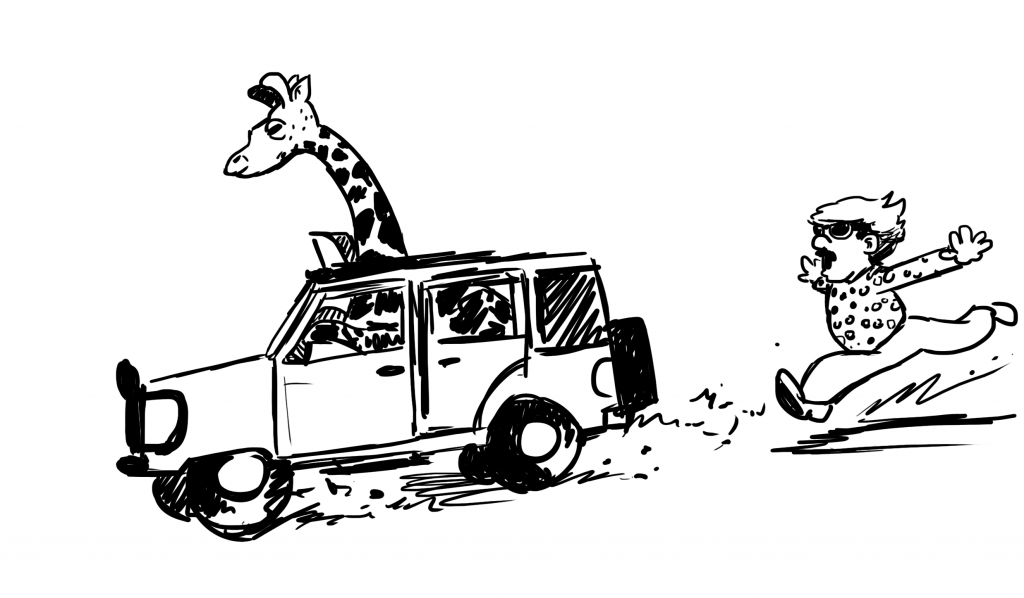By Dessa Bayrock (The Cascade) – Email
Print Edition: October 2, 2013

You might look smashing in your new animal-print jacket, but you’ll confuse the hell out of the animals.
In what appears to be an unprecedented move by a zoo, Chessington Zoo in the UK has banned visitors from wearing animal-print clothing, saying that the patterns puzzle the animals.
There are no good prints – animals will react to visitors wearing anything resembling an animal pattern, be it predator, prey, or equal. A zebra print, for example, apparently attracts the attention of the big cats – particularly if you’re limping past their enclosure, says animal behavior analyst Dr. Candy d’Sa.
D’Sa weighed in on the matter in an interview with Mirror News. Chessington Zoo spokesperson Natalie Dilloway has also been widely quoted in the matter.
“If someone wears the same pattern to the animal’s coat they can become over-friendly,” Dilloway states. “If they wear the pattern of its predator, it has the opposite effect and the animals become afraid and run away.”
For Chessington’s normal zoo exhibits, animal print is just fine – the patterns have been banned solely from the ZUFARI portion of the zoo, during which visitors are loaded into safari trucks and taken on a tour of the zoo’s open enclosures. Animals are separated by unobtrusive barriers and ditches, and the nature of the experience allows the animals (including giraffes, zebras, flamingos, and rhinos) to come right up to the visitors in the vehicles.
“The enclosures at ZUFARI have been designed to replicate the conditions species face in the wild,” Dilloway says. “Therefore it’s no wonder animals are getting confused when they see what looks like zebras and giraffes driving across the terrain in a 7.5 tonne truck.”
Chessington Zoo has yet to add the animal print ban to its online dos-and-don’ts, but Mirror News reports that if any visitor shows up to the ZUFARI exhibit wearing animal print, they will be handed a grey “boiler suit” to cover up the distracting patterns.
“Colours and patterns are there for a reason in nature,” d’Sa adds. “It’s about predator-prey interaction.”


